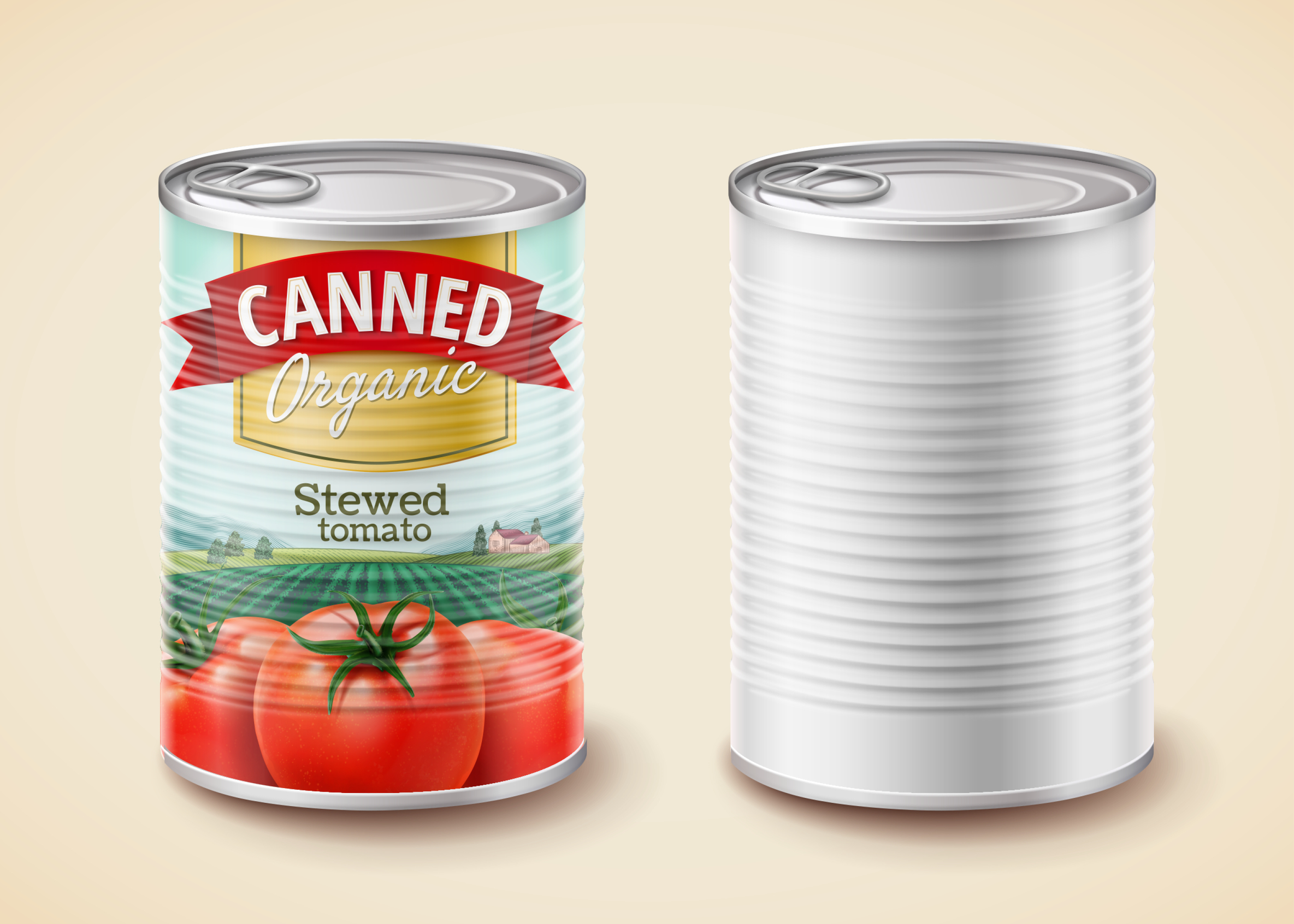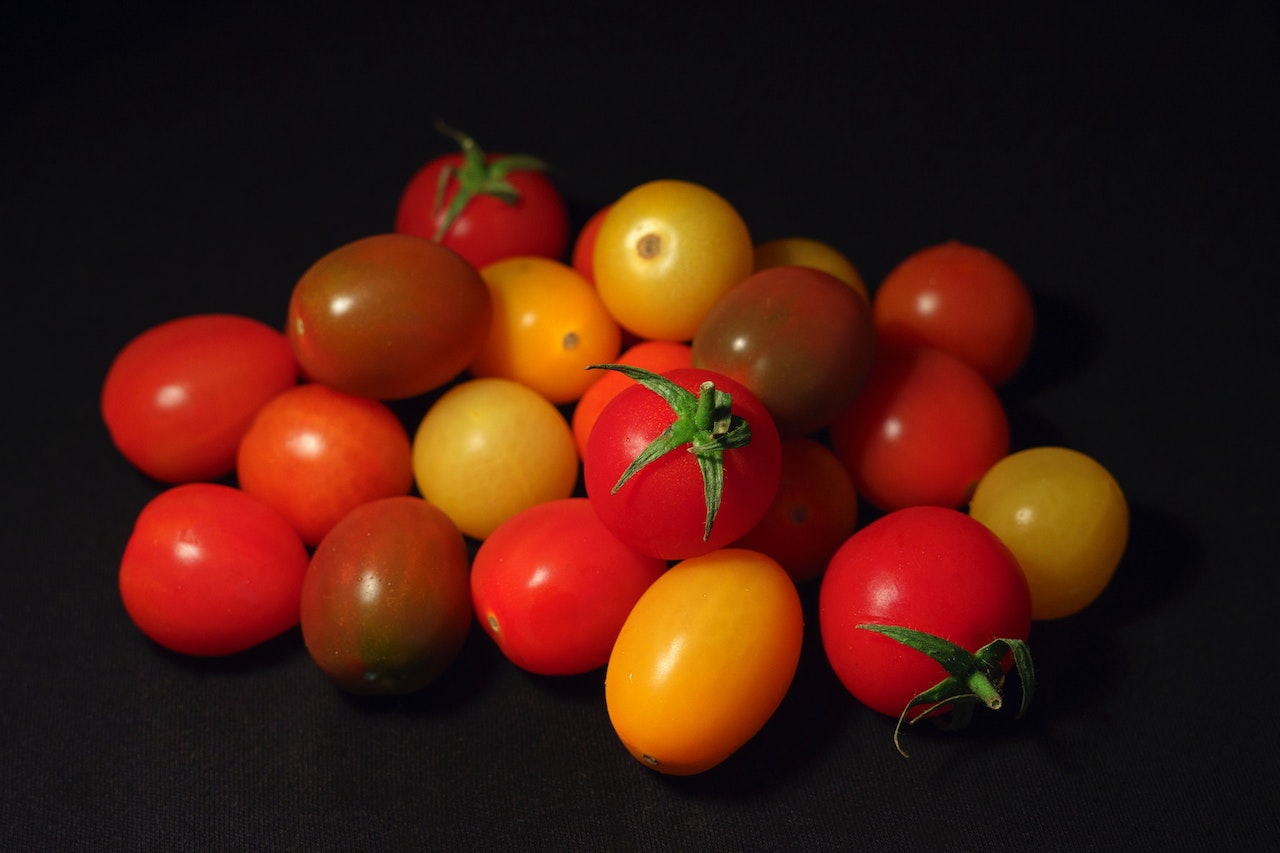Did we say tomato? Hearing someone say tomatillo or reading it can make you think of a tomato. A tomatillo is a bit different than a tomato and has a distinct taste for a vegetable.
Tomatillo actually means “baby tomato” in Spanish, but these husked vegetables that resemble tomatoes are not the same thing. So, what do they taste like?
A tomatillo tastes like a less sweet tomato, and is also more acidic. The tomatillos taste does depend upon whether it’s eaten raw or cooked, but that’s the baseline for a tomatillo flavor.
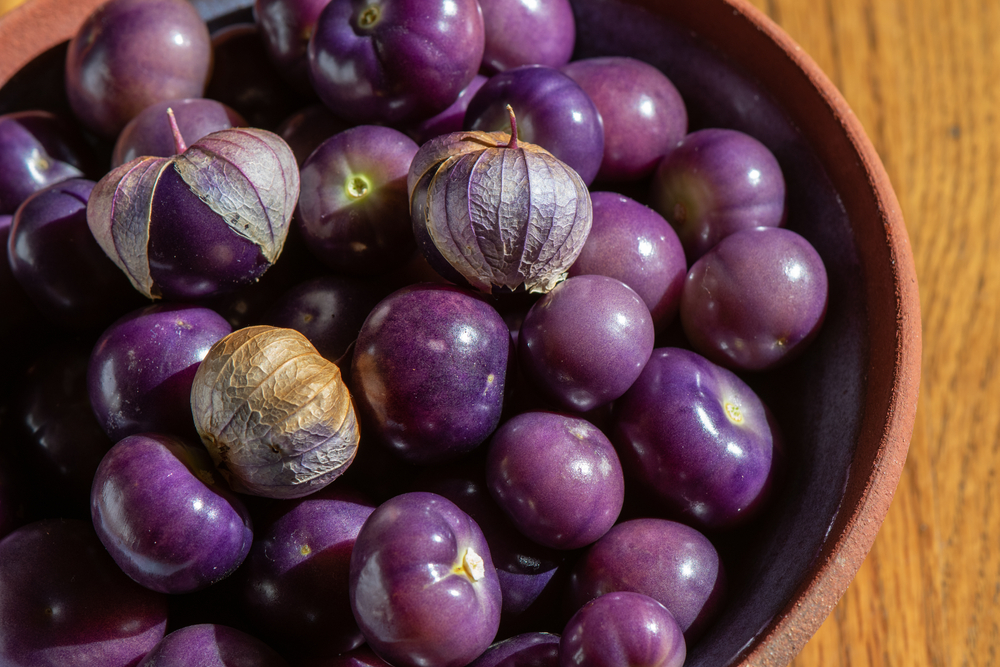
What does a tomatillo look like?
A tomatillo looks like a small green tomato wrapped in dry, leafed husk not unlike corn. The green fades a bit as you cook it. The size of the tomatillo will fit in most people’s hands and are a bit smaller than the large tomatoes used most often for chopping or adding moisture to a meat dish like a hamburger.
What does a raw tomatillo taste like?
A raw tomatillo tastes quite acidic and is less sweet than a tomato. The flavor could also be described as “bright” and stands out a bit on it’s own, though the acidity mutes out any savory flavors.
A raw tomatillo can also taste a bit fruity and tart – so again, not in a sweet way, more in an earthy way.
Some describe a raw, under ripe tomatillo as tasting sour. This is also the same for most fruits and vegetables that are not yet mature.
What does a cooked tomatillo taste like?
A cooked tomatillo loses some of it’s acidic flavoring and takes on more savory notes. A cooked tomatillo won’t add as much acid to your dish and it will become softer.
What vegetable does a tomatillo taste like?
Given the reference in it’s name, a tomatillo does taste a bit like a tomato. If you can’t find tomatillo at the grocery store or farmer’s market, you might want to buy an less ripened tomato and add a bit of lime juice to your mixture. The lime juice will add the more acidic flavor.
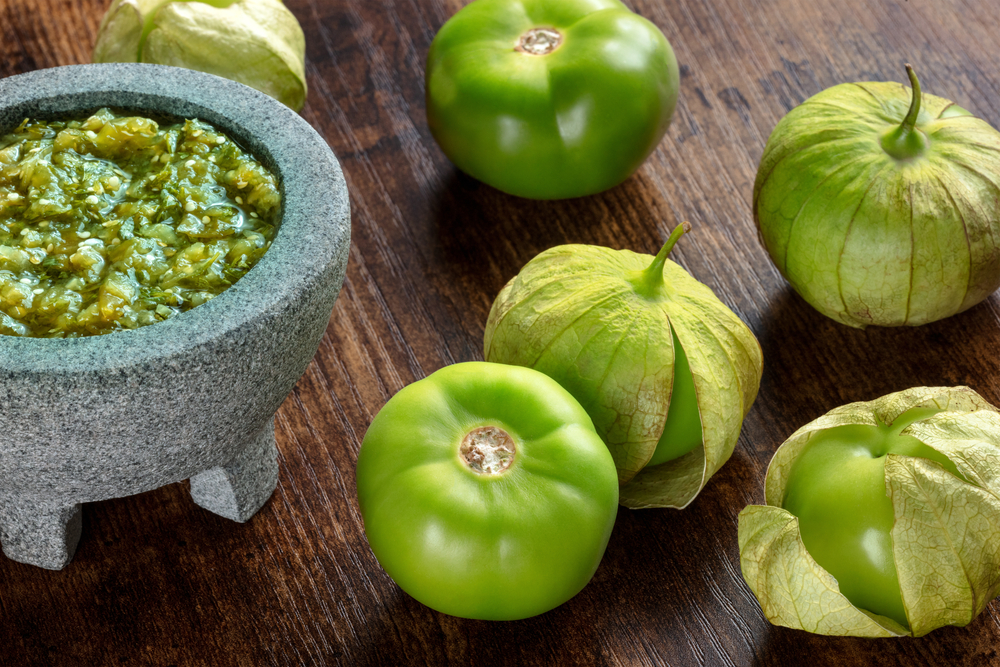
Is a tomatillo spicy?
Aside from peppers, there aren’t really any spicy vegetables. The tomatillo looks green, but it’s not meant to give a “warning” about spicy contents.
You may see tomatillo as an ingredient in spicy salsas and dips. Tomatillo is used as a base in some spicier dishes, but vegetables like jalapenos and other spicier peppers actually add the truly spicy seeds and acids you taste in those.
So if you are going to take a bite out of a tomatillo, you aren’t going to need a glass of water or milk right away – they aren’t spicy!
What is the texture of a tomatillo?
Tomatillos are a bit different from ripe tomatoes. Ripe tomatoes are a nice balance of firm and soft, and are easy to cut with a knife. You’ll often have to wipe your knife off after cutting a tomato because of the juice flow.
Tomatillos are not as juicy as tomatoes, and the insides are not as soft. Cutting a tomatillo is not quite as easy as cutting a tomato.
Biting a tomatillo is also different from biting a tomato. The insides aren’t as watery and it won’t be as juicy – which could be a good thing for some!
How do I cook with a tomatillo?
The most popular way to use a tomatillo, or several tomatillos, is to make a salsa verde.
Salsa verde is a simple salsa made from boiling tomatillos with garlic, chilies, cilantors, and other spices. This delicious sauce can be put on meats, eggs, or used as a dip.
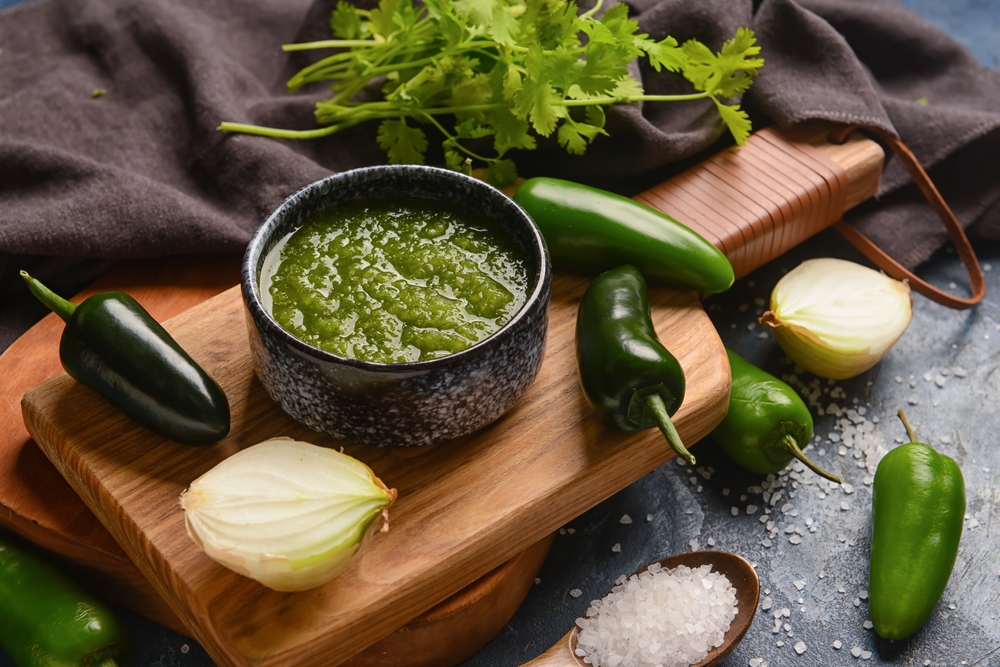
Salsa verde is especially good on enchiladas and burritos.
Add avocados to boiled tomatillos and achieve a creamier sauce that adds some extra vitamins, minerals and proteins to a dish.
Tomatillos add a nice acidic side flavoring to meat dishes like chicken or beef. Chop up tomatillos and roast them, and scoop them up with a bite of meat.
Breaded tomatillos are delicious fried and make a great snack. You can also eat tomatillos raw, especially if you are a fan of acidic tastes.
Are tomatillos healthy for you?
Tomatillos, like many other vegetables, have a great range of health benefits for eaters.
Tomatillos are a great source of dietary fiber. One service accounts for 10% of the daily fiber needs for the average person.
They are also loaded with Vitamin C, with a serving giving you 20% of your daily needs.
Niacin can also be found in tomatillos, which give you a nice burst of natural energy.
The beta-cartoene in tomatillos is known to help preserve vision, prevent cataracts and other negatives that can impact vision.
Can I eat the husk from a tomatillo?
Oddly enough, some question if the unripe tomatillo is poisonous along with the husk. Neither of these things seem to be true, as many recipes exist for an uncooked tomatillo.
The main reason why you would want to avoid the husk of the tomatillo is because it tastes like a dry fall leaf and doesn’t offer much, if any nutritional value.
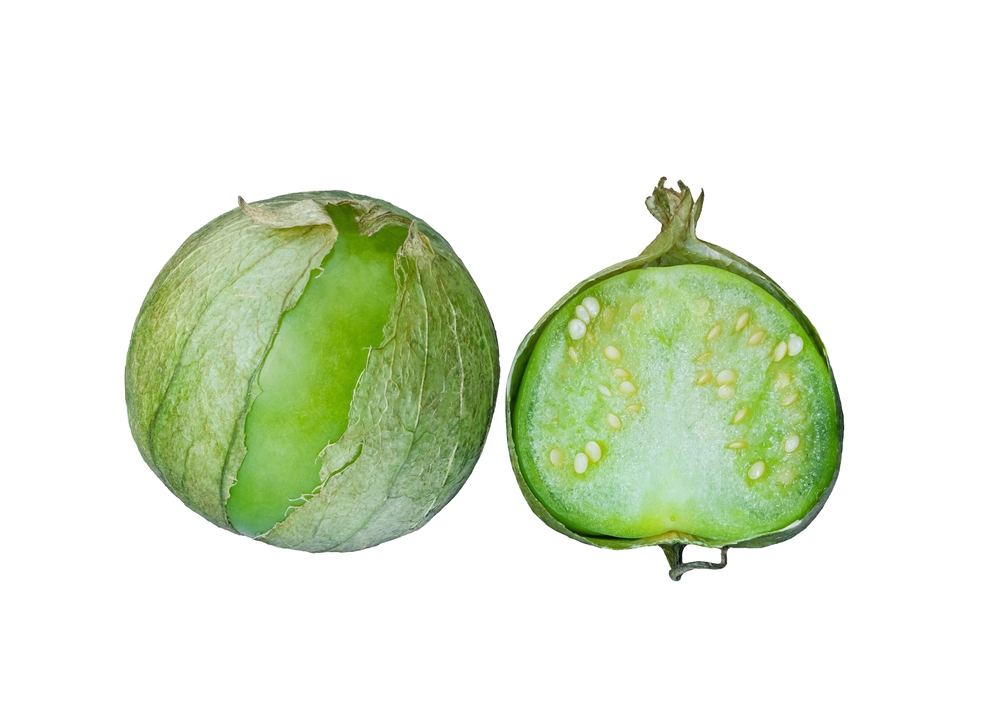
So yes, you can eat the husk and the raw tomatillo, but the husk isn’t very good.
Can I find tomatillos at the grocery store?
Some grocery stores will certainly have them, especially stores specializing in Mexican or Latino cuisines. Otherwise, the tomato is going to be a more popular find at a typical grocery store.
Conclusions
The tomatillo is the less juicy, more acidic, but rather healthy alternative to the tomato though the two aren’t especially closely related. The most common recipe for the tomatillo is a simple salsa verde – which in spanish literally means “Green salsa.”


